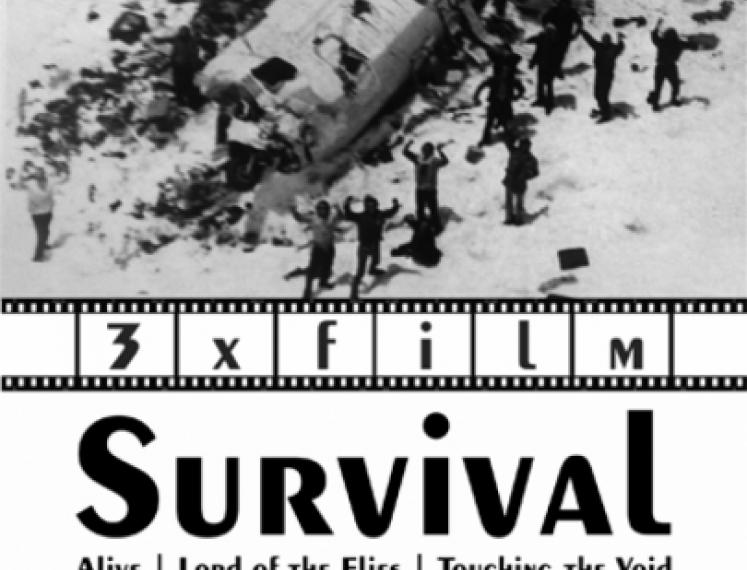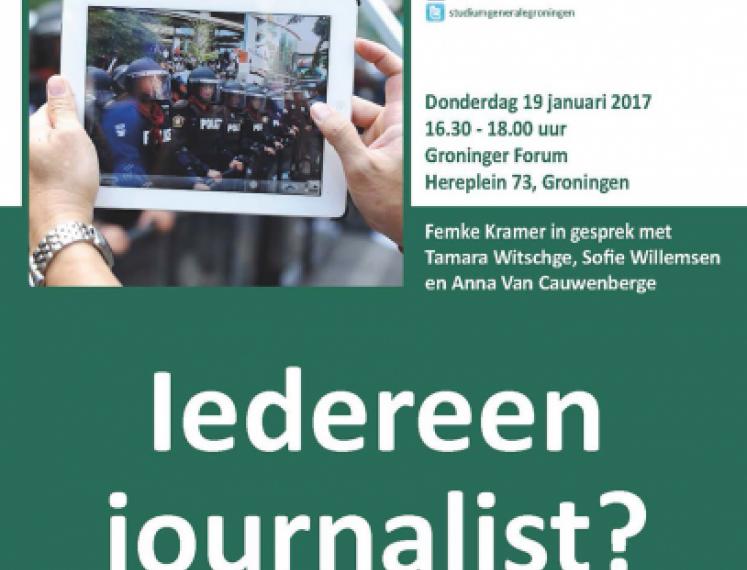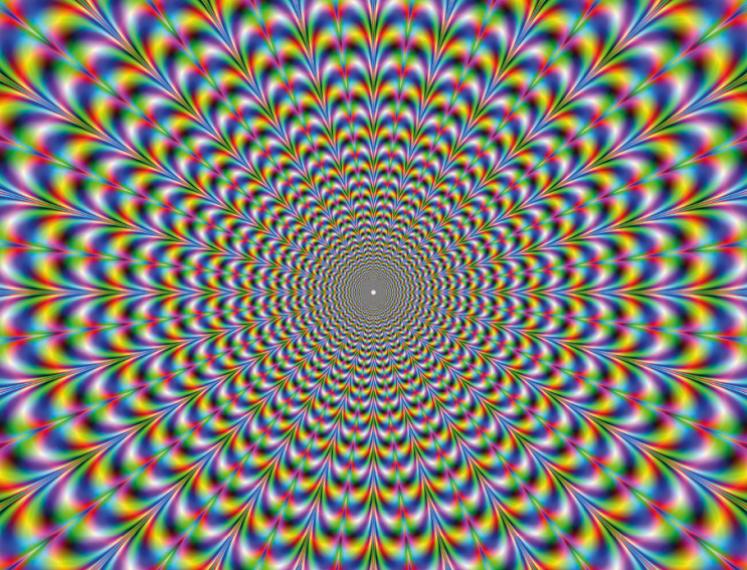Touching the Void
UK/USA, 2003, 102 min, directed by Kevin Macdonald
In the mid-80's two young climbers attempted to reach the summit of Siula Grande in Peru; a feat that had previously been attempted but never achieved.
Touching the Void is a documentary film based on the disastrous and near fatal attempt of Joe Simpson and Simon Yates to climb the 6,344 meter Siula Grande in the Peruvian Andes in 1985. The two young climbers achieved what many had attempted; they reach the summit. However on the descent Joe falls and breaks his leg. The pair decides to lower Simpson with the help of ropes on the steep snowy slope, while an enormous storm rages on. Yates cannot see where he is lowering Simpson and the latter eventually drops off a cliff and is suspended by the rope in mid-air. Yates arrests his fall, but does not see the predicament his partner is in nor hear him because of the severity of the storm. After about an hour, Yates realizes that there is little chance of recovery from this situation for either of them and he makes the decision to cut Simpson's rope.
Interesting links
YouTube Trailer Touching the Void
IMDb Touching the Void



